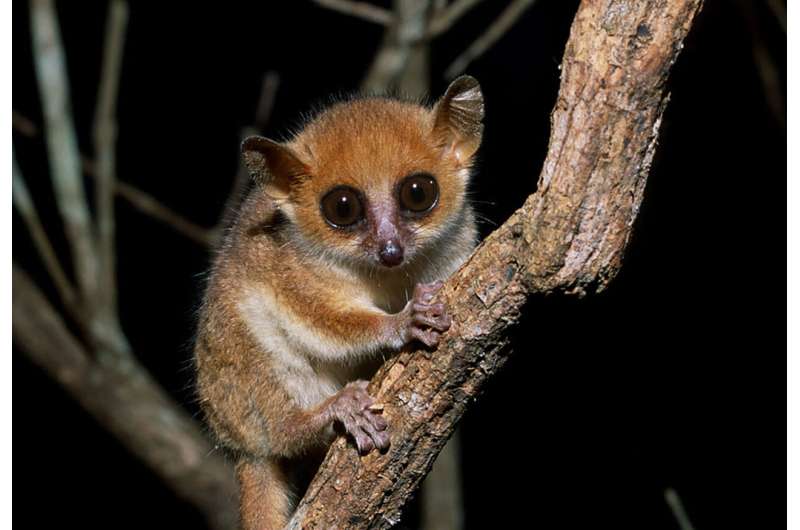In a world overflowing with wonder, some of our closest primate relatives are facing a crisis. A recent report highlights the plight of the most endangered primate species, urging us to act together to save these remarkable creatures from extinction. Let’s explore the findings that underscore the urgent need for compassion and conservation!

According to a groundbreaking report by an international team of primate experts, our beautiful planet is home to many endangered primate species, including the tiny yet extraordinary Madame Berthe’s mouse lemur, weighing in at just 30 grams. This report spotlights the urgent need for global conservation efforts to protect these irreplaceable creatures and the unique ecosystems they inhabit.
As Christian Roos, a prominent geneticist at the German Primate Center, passionately states, “The situation is dramatic. If we don’t act now, we will lose some of these species forever.” But it’s not all doom and gloom. There’s hope if scientists, policymakers, and communities come together to take meaningful action.
Key Findings from the Report
The report, a collaborative effort by esteemed conservation organizations, highlights that habitat loss, illegal hunting, and wildlife trafficking are the primary threats facing primates worldwide. Among the most endangered species is the Tapanuli orangutan, with a mere 800 individuals remaining in the wild. Discovered only recently in 2017, this unique species is already on the brink of extinction due to factors that we can help mitigate.
Madame Berthe’s mouse lemur, too, is facing harrowing challenges. Discovered in 1993 near a special research site in Madagascar, its numbers have plummeted alarmingly over the past few years. Sadly, it has already disappeared from many intact forests, signaling a distressing trend that could lead to its extinction without swift intervention.
“This species could very well be the first primate we lose forever in this century,” warns Peter Kappeler, head of the field station in Madagascar’s Forêt de Kirindy. This is a clarion call for us to rally together and act now to preserve our natural heritage.
Proactive Measures for Conservation
The time has come for serious action. The report emphasizes the urgent need to implement and enforce protective measures for primate habitats while actively engaging indigenous communities. Empowering local populations to take charge of conservation efforts ensures that we can foster a more sustainable future for both wildlife and people.
Additionally, it calls for tighter regulations against illegal wildlife trade and deforestation to safeguard these precious species and their environments. Mobilizing financial resources is equally critical for establishing long-term conservation programs that can make a real difference.
As Roos eloquently puts it, “Every species we lose represents a profound loss for our planet—and for humanity.” Primate species are not just fascinating creatures; they play vital roles in their ecosystems, and their disappearance could lead to unpredictable repercussions for other wildlife and plant life.
Highlighting the Top 25 Endangered Primates
Every two years, the International Primatological Society announces a list of the 25 most endangered primates to raise awareness and inspire action. This year’s report utilizes the expertise of over 100 scientists, shining a spotlight on our closest animal relatives and encouraging global support for their survival.
By drawing attention to these endangered primates, researchers hope to garner the necessary resources for conservation efforts and further studies dedicated to preserving these incredible species.
More information:
Report: Primates In Peril: The World’s 25 Most Endangered Primates, 2023–2025
If you would like to see similar science posts like this, click here & share this article with your friends!


